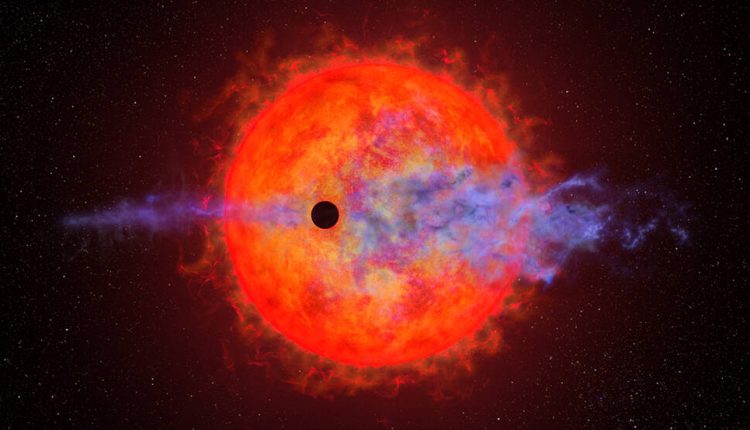The young planet AU Mic b, whirling around a red dwarf star, is experiencing extreme variability in its atmosphere loss orbit-by-orbit.
NASA’s Hubble Space Telescope observed the planet not losing any material during one orbit, while a year and a half later, it showed clear signs of atmospheric loss.
Scientists were shocked by the unpredictability of the planet’s behaviour. The extreme variability is a stress-test case for the modelling and physics of planetary evolution, and it provides a unique opportunity to probe the interplay between the star and the planet.
Red dwarfs like AU Microscopii are the most abundant stars in our Milky Way galaxy, but can planets orbiting them be hospitable to life? The ferocious stellar flares and high radiation make it challenging for planets to survive, and scientists are eager to find out what kinds of planets can survive these environments.
The never-before-seen changes in an atmospheric outflow from AU Mic b may indicate swift and extreme variability in the host red dwarf’s outbursts, and further observations are needed to understand the odd variability of this planet and its star.


Comments are closed.